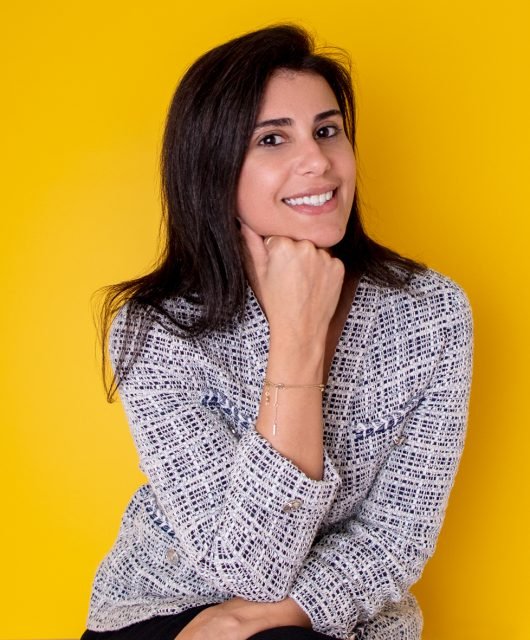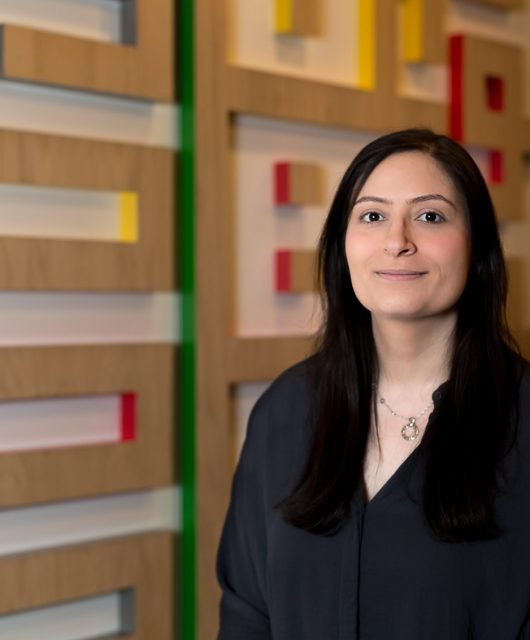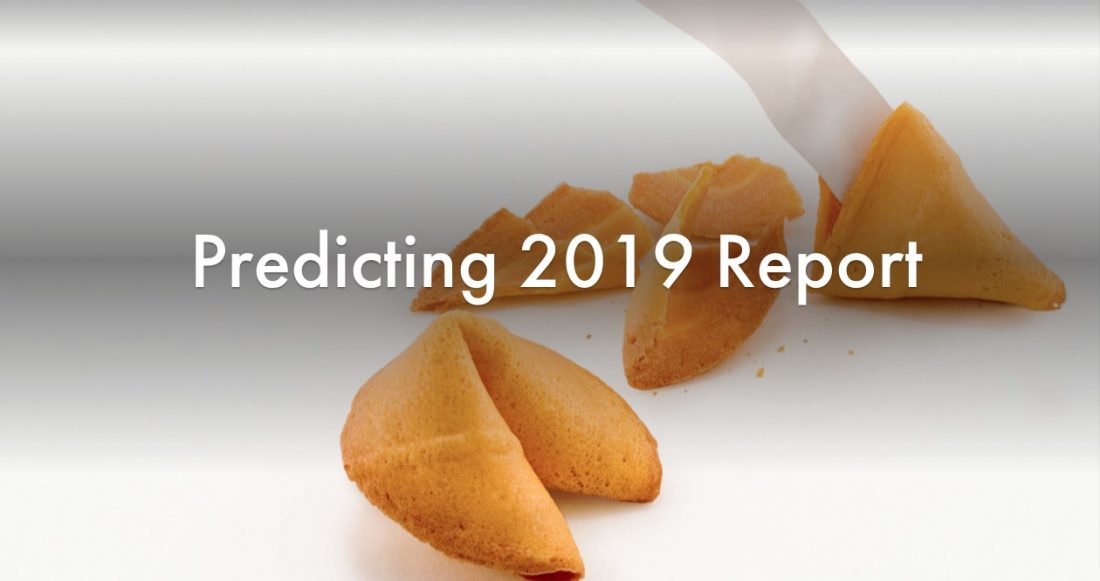
Bringing to you for the first time, Brandberries “Predictions for 2019” special report; an expert report that compiles opinions and insights by regional and global experts on what is to come for 2019. This report aims to tap into the forecasts and trends that will shape the new year in the intersection of strategy, design, digital and comms.
1. Alan Casey: Partner, Prophet
While there continues to be high expectations around strategic deployment of technology solutions like voice and AR, for me the two key topics for brands to win in 2019 would be firstly privacy and secondly marketing integration.

In terms of privacy, it feels like we are at an inflection point. With GDPR rollout, high profile congressional hearings for Facebook and Twitter, and mega-scale data leaks from the likes of Marriott and Cathay Pacific, never before has the public consciousness been so high in terms of what data brands have about them and how they are using it. In response, brands need to change the narrative and be more transparent about the value exchange they offer to consumers for sharing their data. As more companies learn the true value of the data that they have on customers, they can no longer claim innocence. To succeed brands should just be up-front that having permission to use your data means they can offer you a better experience. The key to getting consumer permission to use their personal data will be offering unique content and experiences that consumers perceive to have value, E.g. interactive content like we see emerging on NetFlix (Black Mirror etc) that gives them a rich picture of users’ preferences and psyche. What excites me is seeing what value exchange opportunities the launch of 5G will bring later in the year.
On marketing integration, we see more and more companies trying to ‘re-wire’ their marketing processes so that digital and traditional marketing are no longer silo’d. I fully expect this trend to accelerate in 2019. This is part of a broader trend where the roles of sales and marketing are becoming more intertwined, and the expectation is for a more seamless interplay between touch-points in the journey that collectively contribute to consideration, purchase and loyalty. Digital and traditional lines are being erased, with marketing planned in a fully integrated, strategic manner. Companies that make this transition successfully will manage to evolve from a linear, sequential and staged process to an iterative, ongoing, always-on process.
2. Alex Malouf: Head of Corporate Communications – Indian Subcontinent, Middle East and Africa, Procter & Gamble
“I want to see 2019 becoming the year of causes, when brand owners see the value of aligning their brands with values and issues that matter to consumers. This is one of the most effective ways for brands to distinguish themselves from being/becoming a commodity item.

I also hope that brand managers will start to see the need to invest more in giving their brands character, especially online. There’s so few brands here which are either informative or entertaining on social media, and, considering how many of the population are online, this is a huge opportunity for brands to again distinguish themselves.”
3. Amr Fawzy: Creative and Managing Director, Lunar Jetman
I think it’s obvious design trends will move towards a simpler, less colorful look in the following years. Thankfully the wave of tasteless overworked 3D brandmarks with shadows and all has ended. Now, the general taste has been going towards a less-fussy less-techy look—to its own benefit.
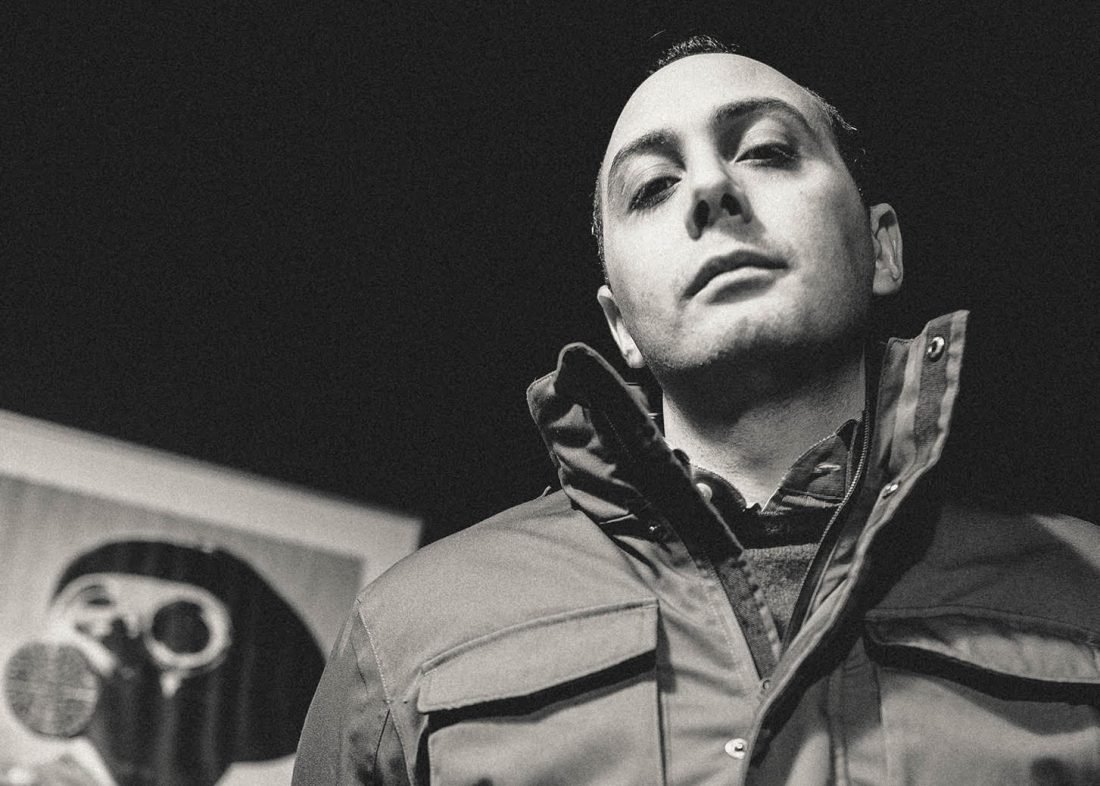
I also believe going generic is in-fashion now, literally. Burberry went generic, Saint Laurent before that, and many others followed or will follow.
4. Asma Shabab: Digital Strategy Consultant, IBM iX
In 2019, companies on the path towards digital transformation will realize that the first step is to create a data gathering engine through exemplary customer experience. We will see increased conversations and partnerships between the company leadership, the digital and data functions and the marketing functions. I envision these cross functional teams rolling their sleeves up and exploring what data they already have to create greater value for their customers.
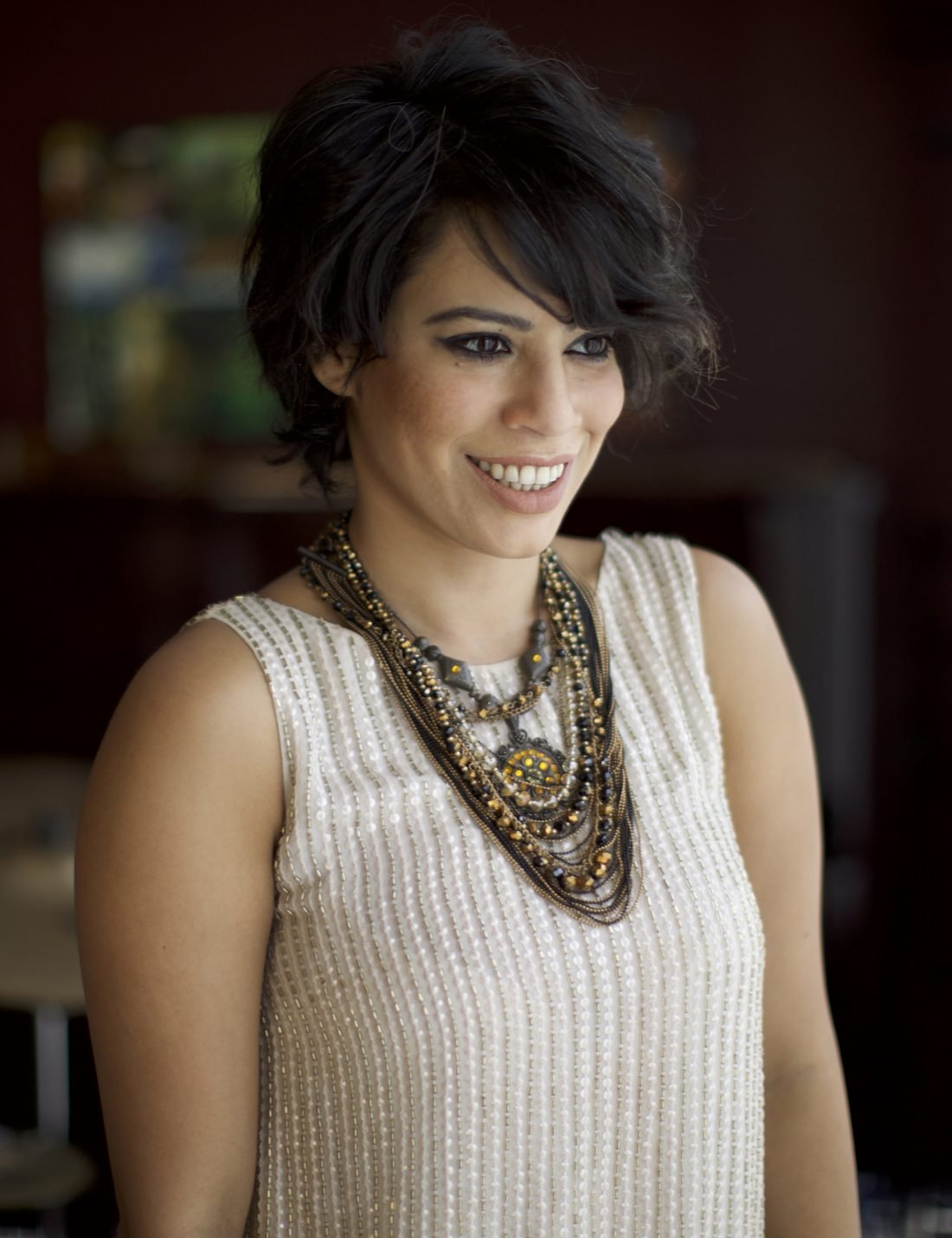
Companies will revisit the digital and offline interactions to understand what additional value can be created and this will lead to increased adoption of artificial intelligence and machine learning. If your data shows that a certain section of a mall enjoys increased traffic, and if you can find information on the audience, you can create customized revenue models for shop owners based on these insights, thus creating competitive advantage.
We will also see augmented reality play a greater role as brands experiment with different types of engagement. Brand retention, relationships and loyalty will be dependent on the kind of interaction an individual has with your brand and the memory you create.
5. Brian Connell: Associate Design Director, FITCH Columbus

We need to recognize that the future is now. I think our industry is understanding that consumer expectations are evolving at such a rapid pace that their brands relevancy is shrinking. Trying to predict the future is becoming more irrelevant, meaning brands will need to become more creatively agile. As a whole we’ll see more constant change and constant innovation, rather than living out the life-span of a design or waiting around for that next trend.
6. Chrisa Chatzisavva: Paid Social Business Director, Mindshare London
Ecommerce will have a prominent role in the social advertising space. As users are becoming a lot more comfortable of making their purchases through the social networks and the latter are evolving their offering around that behavioural trend (eg. Instagram shoppable formats), brands will have a strong focus on social ecommerce
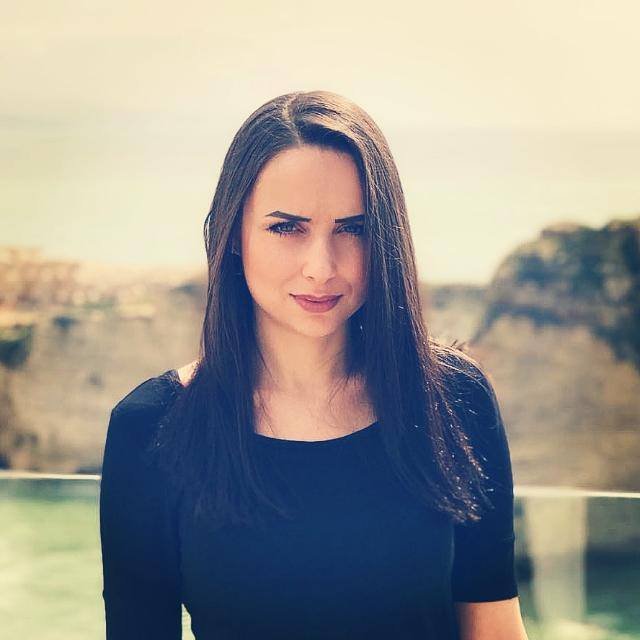
Data distrust will start easing out. 2018 was a big year in terms of data protection matters, however both brands and agency partners are much better equipped with knowledge and tools to make the most out of data to deliver optimal performance without misusing personal user data.
AR will evolve exponentially. We’ve seen many brands experimenting with lenses, games and geo-filters, but 2019 will be a year of rich and unforgettable experiences.
Large agencies will start changing their operating model that is often seen as inflexible and inefficient by clients and will mirror that to a one-stop-shop. Audience behaviour, the market and client needs are changing constantly and so does the industry as a whole. Agencies will have to change too, to ensure they make the most of that change, instead of being left behind.
7. Damir Brčić: CEO, Brand Box

Two thousand and NineTeen, everybody predicts, will be a challenging year for brands! Rapid changes in everybody and everyday life’s and business are so obvious that every marketer will address it. I’ll just focus on predictions for Successful Brands. Successful brands understand that Technological Innovations are not only changing customer life and behavior but also require changes within brand organizations. They’ll focus on core Brand DNA and work on communicating Brand Authenticity to have a clear and Consistent brand voice. It will require changing and transforming internal organization and maybe bringing “Brand Prophets” to guard and execute brand communication. Successful brands will hire and promote more Collaborative C-suites who can manage multilayer teams of technological vizard and creative individuals. Successful brands will use 2019 to prepare for a storm that is coming, building good basement – solid Brand Equity, focusing more on themselves then on market challenges and tactics.
The others will follow markets trends, listening to “new prophets” and trying to teach the old dog new tricks.
8. Geovanna Nassar: Head of Trading, Planning and Buying, WPP’s Group M
Satisfying the needs of the consumer today means much more than it meant before. We are facing a sophisticated and informed consumer, with enormous power over their buying decisions and influential in their environment in a way that brands never imagined. All delivered by social networks, and other digital assets, making brands to strive more, especially with emerging generations as Gen-Z and Millennials.
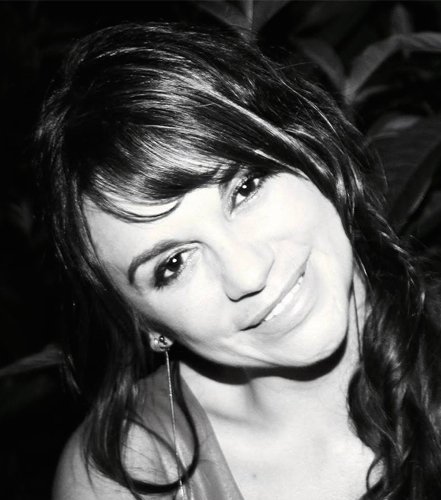
People don’t buy just because the product is good, discounted or exhibited differentially; although the price and quality are important, the experience is even more. 72% of generation Z say they would pay more for a product if they generate actions to protect the environment or social causes, and 70% of this same generation would prefer products that they can relate with, in a personal and intimate way, and with those they can make a difference together by participating in their campaigns, activities and communication actions.
The recent years have been marked by the sales decrease and image loss of products and services that for years were category leaders. Brands that were always the standard of their generations – simply because they focused their efforts on income- forgot the most important thing for their business; their clients and the value that their products have for them. Brands must play significant roles in people’s lives, otherwise they will die out. So, the most important trend for this 2019 is to rediscover and redefine the value of brands and to express it in all marketing actions.
9. Gita Ghaemmaghami: Regional Marketing & Communications Manager MEA, Sony Mobile
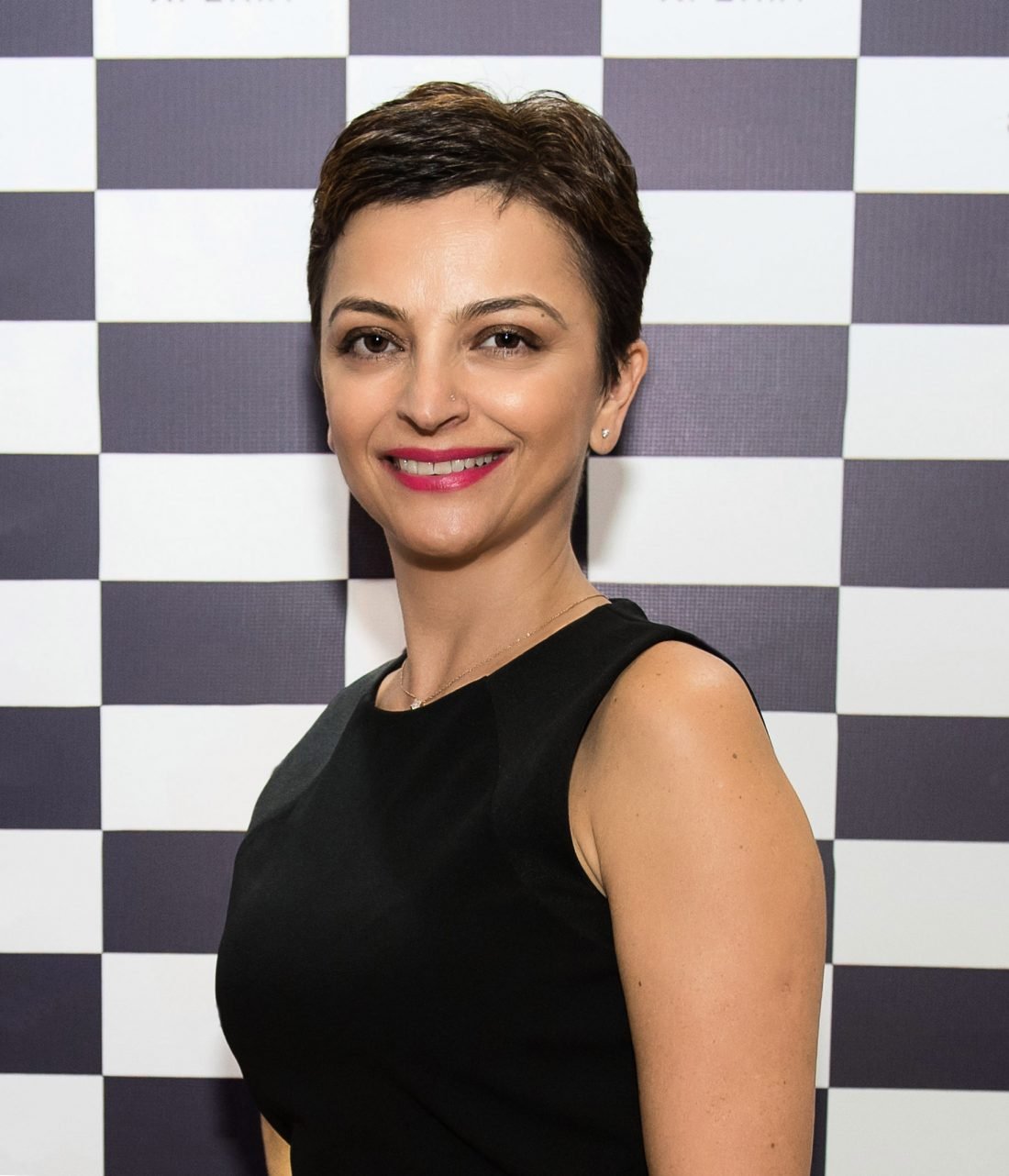
The line between communication and marketing will be disappearing soon so companies need to create more authentic marketing campaigns. Trying to be present on every single social media platforms is not suitable for everyone. The best communication strategy is the one that understand the most effective & efficient online and social media channel and utilize it accordingly.
Relying only on the company internal data is fatal, winners are those that invest on understanding and analyzing the external factors such has industry/competitor trends, consumer behaviors and technology trends. There are so much data available on internet for everyone however the winners invest on software & third party consultants to provide them with adequate understanding of these external data and they are fast enough to change and modify their strategies based on the latest results.”
10. Hala Samy: Regional Communications Director, MSL Middle East

In the diverse world we live in today, it is becoming more and more harder for brands to reach their target audience. In 2019 the key will be to stand out with your ideas and make smarter choices to become even more targeted to reach your audience.
Brands will become more aware of the importance of having integrated campaigns as advertising alone can no longer do it. Integration will become a mindset where teams from different disciplines such as Advertising, PR, digital will think and work together to bring the creative idea to life .
Public Relations will also have a comeback as brands will become more aware of its importance especially when trying to send the right message to the right people.
The trend will shift from brands working with few macro influencers to many micro influencers that have a targeted group and a high engagement with their followers. This is more effective and cost efficient for brands and more targeted for their brands. Micro influencers are more credible as they produce unique content and this kind of authenticity attracts engagement, awareness and brand recall.
11. Hasan Fadlallah: CEO, Brand Lounge
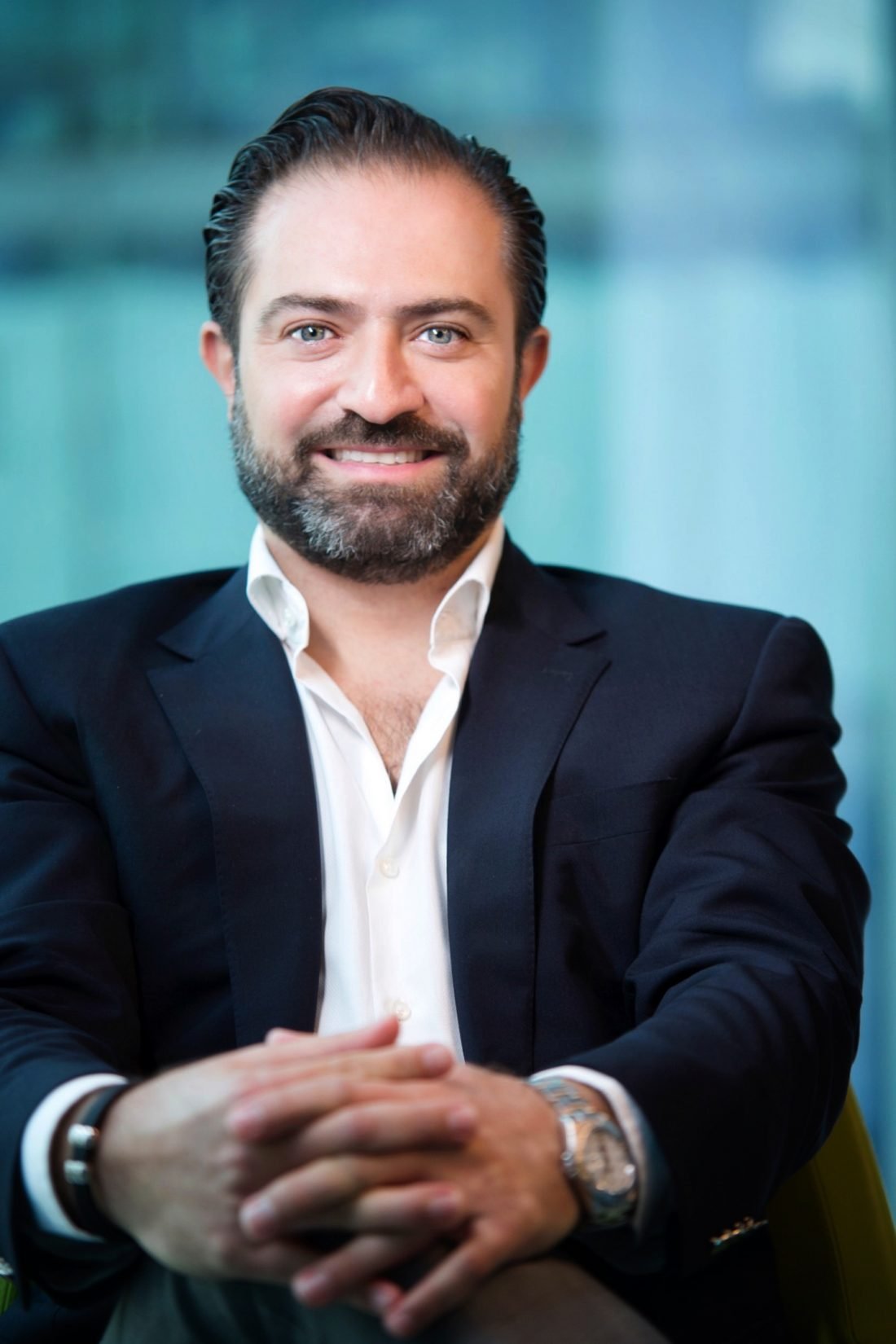
For Brand Lounge, 2019 is the Year of Differentiation, we have been witnessing some major changes in the way we connect and perceive brands and how we experience the world around us. This year, at Brand Lounge we have uncovered 5 Brand Trends that will shape our understanding of the branding world. These trends are answering strategic questions on how do we stand out in this distracting world while being meaningful and authentic.
This year and beyond, branding by association is going to become more essential for the success of any collaboration. We will witness a transformation to a new B2B – Corporate Brands to Personal Brands. A clear shift in the role of influencers and how they are going to claim a more structured image.
The second trend for 2019 is the dethroning of the King – Content. We are approaching a time where content is no longer the sovereign, but actually the servant. The best way to have your content seen is to cater to your target audience, not the other way around. The third trend is the Dawn of Interactive Experiences. People no longer want to be spectators, they want to be immersed and have more control.
Netflix raised the bar with Black Mirror’s new feature film, Bandersnatch, where you decide the journey and outcome of the plot. Brand purpose can no longer be a promise that is set aside as a statement and not activated. This is the fourth trend we focus on this year. It’s not just a catchphrase; it is the heart of the business strategy to drive long-term sustainable growth.
And finally, we talk about Differentiation. This is more than just a trend. It’s a change in behavior for any company or business to thrive in the future. If you do not differentiate, you don’t stand a chance to compete in the overloaded world of corporate and personal brands.
12. Jonathan Shillington: Managing Director, Grayling Middle East
In 2019 we are going to see winning brands really inserting themselves even more into the fabric of public discourse, in ways that are authentic not just to their audiences, but to who they are. There is an increasing expectation for brands to have purpose and stand up for their core beliefs by crafting lasting initiatives that help shape a future aligned with their principles.
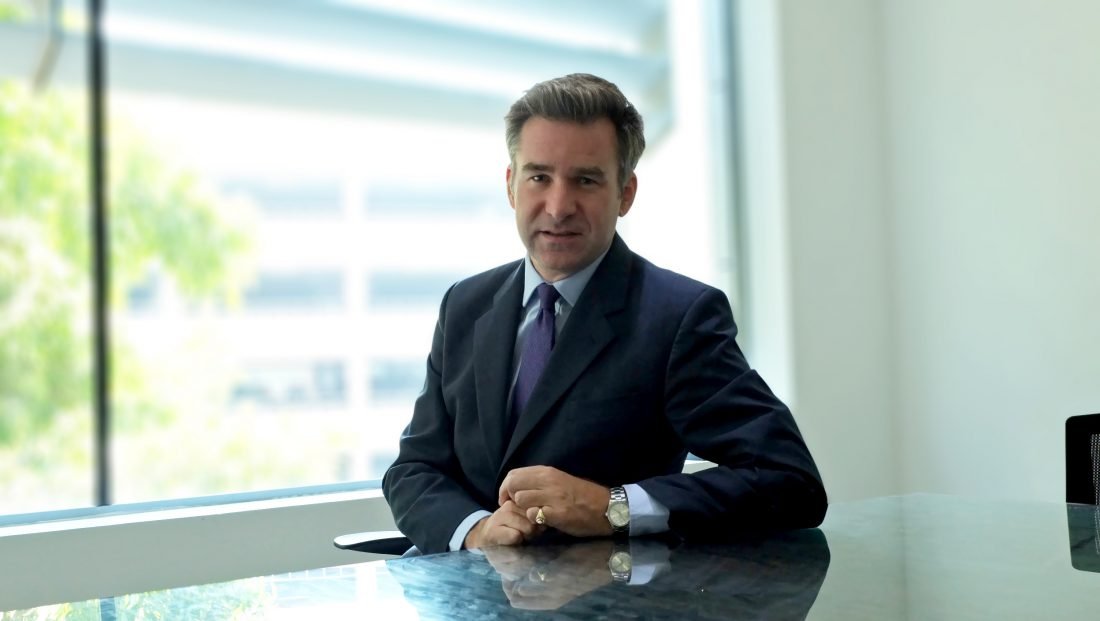
His Highness Sheikh Mohammed Bin Faisal Al Qassimi, is an example of an emerging UAE business leader whose diversified project development business MBF Group is not driven by profit, but by creating high-impact, sustainable and value-driven projects in the pursuit of making a better future. His projects in education and healthcare education are all focused on the development and prosperity of the Middle East and is something that he makes sure people understand from a communications perspective.
An extension of this is demonstrating that you really know your audience – and being prepared to evolve what you do in order to reach your customers on their terms. A very recent example of this is the Al Etihad Credit Bureau, which is doing so much to drive forward responsible personal finance management in the UAE. In November they launched a fully digital service that ends the need to physically visit their offices to access credit reports and credit scores.
Another area that is growing so much in communications is civil partnerships. Mutual benefit is the order of the day, as both brands and the public sector drive growth with innovative and unlikely connections that show personality, reach new audiences, and deliver something purposefully different.
Nespresso is a huge brand. Millions of their capsules get used every day and the company is acutely aware of the need to promote the recycling of its used pods. One recent initiative they undertook to promote this has been the partnership with the makers of Swiss Army knives. They created a limited edition knife made out of 25 Nespresso capsules.
Here in the UAE, Careem is a great example of a major local brand that is not afraid to open up relevant new verticals, and enter new partnerships – most recently with its tie up with Dubai’s Road and Transport Authority to enable its taxies to be booked through Careem’s app – the first government/private taxi project of its kind worldwide. Strategic and unexpected alliances like this solve problems, create new value and make great headlines.
Achieving the right influence is so important. As a PR consultancy we often have interesting conversations about the need to collaborate with authentic, vested influencers that can genuinely act as creative partners – not disingenuous ad channels.
We are working hard to do develop influencer programs that are genuinely integrated partnerships, where both parties benefit, not simply paid endorsements. For example SAP using experts from other companies, all business influencers in their own right, to tell the story of what IoT really means. Here in the Middle East, Audi is a good example of a winning brand that engages in a genuine manner with leading influencers such as @arabmoneyofficial not for money but because of real shared interests.
Leading on from this theme of genuine engagement, we are seeing winning brands becoming very focused on their niche audiences, creating and galvanizing communities with whom they can have meaningful relationships.
With many companies seeing pressures on their marketing budgets, wise brands are having to think more vertically and do more with less. I think in 2018 winning brands will have been successful in identifying highly specific audience groups, creating advocate communities and galvanising supporters to tell and sell their story to their networks.
For example recently the Huffington Post identified introverts as an audience, and then went fishing where the fish were – on Facebook. They created an unbranded Facebook group for introverts called Cancelled Plans, and only after several months did they start feeding in HuffPost content, drawing those introverts on to their own site, over time. Finding new ways to reach and engage a brand’s specific and different niche audiences is perhaps the biggest challenge and opportunity for the coming year regardless of your brand’s sector or offering.
13. Katrin Niesen: Executive Creative Director, BBDO’s Peter Schmidt Group
We are facing fundamental changes in consumer branding. And as is so often the case, the change is not happening all at once – it’s a gradual process. Brand managers should use 2019 to prepare for what’s coming. Because these three developments are obvious: Today’s consumers are savvy, and their power now exceeds the efficiency of the advertising machinery that has been functioning for decades.

The pressure for rapid innovation requires an acceleration of product development. And at the same time, a constantly growing counter-movement is calling conventional patterns of consumption into question and rewarding genuine sustainability.
Over the past two years, I have observed that many established players are finding it increasingly difficult to place new products on the market – despite all their experience with product launches and their optimized production and marketing processes. The reason why brands run into trouble is that they have lost their monopoly on quality statements.
Today’s customers no longer simply take their word for it – they compare ingredients, investigate production processes, and multiply their opinions through social media channels. The resulting sum of subjective experiences generates a new objectivity that is more convincing than brand claims.
In 2019 we will see the combination of social media and e-commerce become even more important. Companies will have to radically accelerate product development processes to adapt to the high trend-frequency of the digital natives. And last but not least: Products will not only have to be good, they’ll also have to be memorable. And this is where designers can take heart. As uniqueness becomes a decisive success factor, good design will be more relevant than ever before. I personally look forward to the opportunities that await us in 2019.
14. Lulu Raghavan: Managing Director, Landor Mumbai
As technology continues to raise the bar on consumer expectation and experience in every category, the brands that thrive in 2019 will need to be more agile than ever. Agile brands are able to manage the paradox of standing for something but never standing still. They are very clear on how they are meaningfully different for their consumers and how they constantly innovate to deliver great value.

There will be a huge emphasis on better use of research and new methodologies to deeply understand the evolving consumer. Companies will rely on insights and analytics for faster, better decision making on brand strategy. As companies master seamless deliver across touch points of the brand experience, they will increasingly prioritise key touch points that deliver disproportionate value in terms of brand perceptions. This will be more cost-efficient while being more impactful with consumers in building brand salience.
Ambitious brands will be experimenting with a range of technologies including voice, AR, VR and others to enhance the experience. No matter how smart or innovative the technology, it needs to be in the service of the brand if not then it’s just a novelty. There must be an explicit utility to the technology otherwise it will fail to add value to the brand equity. And the technology deployed must have long standing strategic impact rather than just be a tactical moment for the brand.
15. Mazen Jawad: Group Managing Director, Horizon FCB Dubai
Within a region that keeps maturing and an industry that keeps evolving, we have the responsibility and privilege to stay relevant and lead the change, providing our clients with creative, sharp and measurable communications solutions.
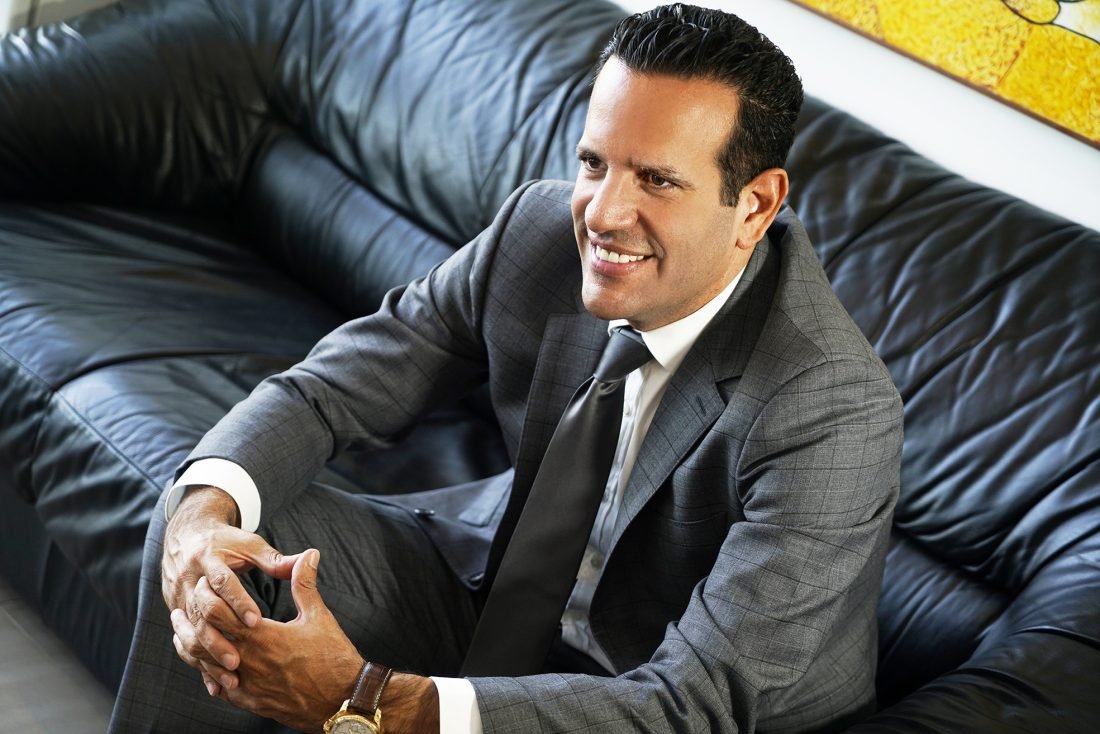
There is no rule as to what a makes a winning brand today, simply because the pace of change, the social channels, the digital & tech advancement and most importantly the human desires, run faster than disruptive thinking. Still there is a secret that can make marketers feel in control in 2019. The secret of creative edge, unidentified insights, untold stories, and absolutely flawless and fast production.
This is the minimum we owe the industry. This is the aptitude that brands deserve. This is what will enable us to keep shaping every intersection of strategy design, digital and comms in 2019 and the years to come.
16. Nancy Villanueva : Managing Director, Interbrand Madrid

Brave and winning brands will drive growth by making bold strategic and creative moves that emanate from relevant and inspiring human truths. Transparency will sustain and nurture the implementation of remarkable customer experiences both on and offline in order to gain customers’ trust.
Customer centricity is here to stay. True personalization and added value will only derive from active listening of target audiences and honest treatment of data. These are two necessary elements to deliver an authentic and sound brand experience that, for many of the younger and most important brands today, supports a business model based on a subscription mindset.
17. Nikhil Dey: President, Genesis Burson-Marsteller
Brands that are likely to enjoy continued customer loyalty and cut through communication clutter are those that do one or all of these three things well.
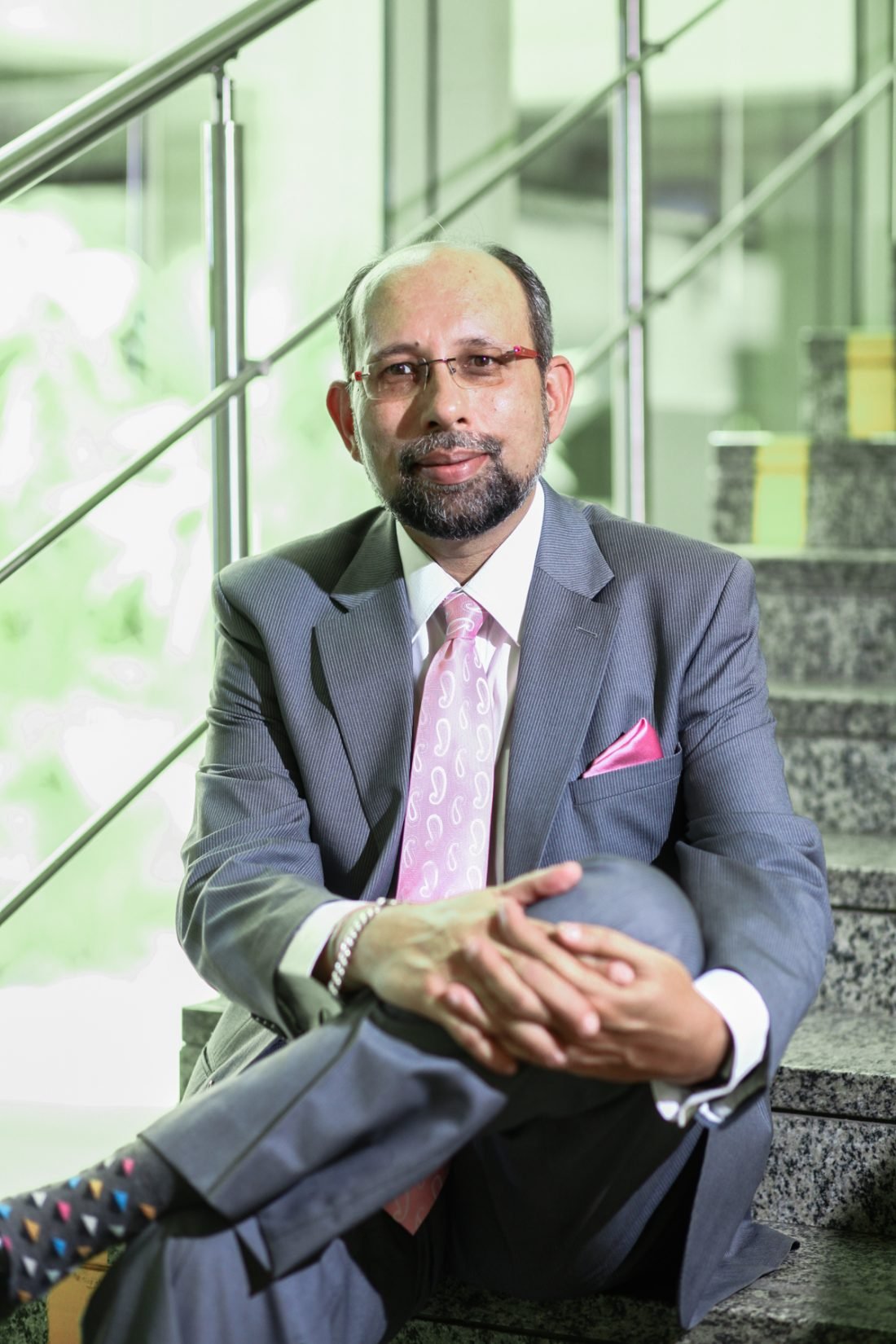
Say it like it is. Say sorry. Say less, do more and your brand will race ahead in 2019.
Say it like it is. Slick, big budget content does not seem to be landing as well as raw, real and real time content. So speed and sincerity are likely to be the winners when telling your brand story in the new year.
Say sorry. When things go wrong a good old fashioned, genuine apology from the heart is probably the best thing you can do. This works every year. Will do wonders in 2019 too. Have the courage to say you made a mistake and then go fix it.
Say less. Do more. Small, meaningful and well curated experiences go a long way in keeping customers engaged. As the saying goes “actions speak louder than words”
18. Nour Saleh: General Manager, PHD Egypt
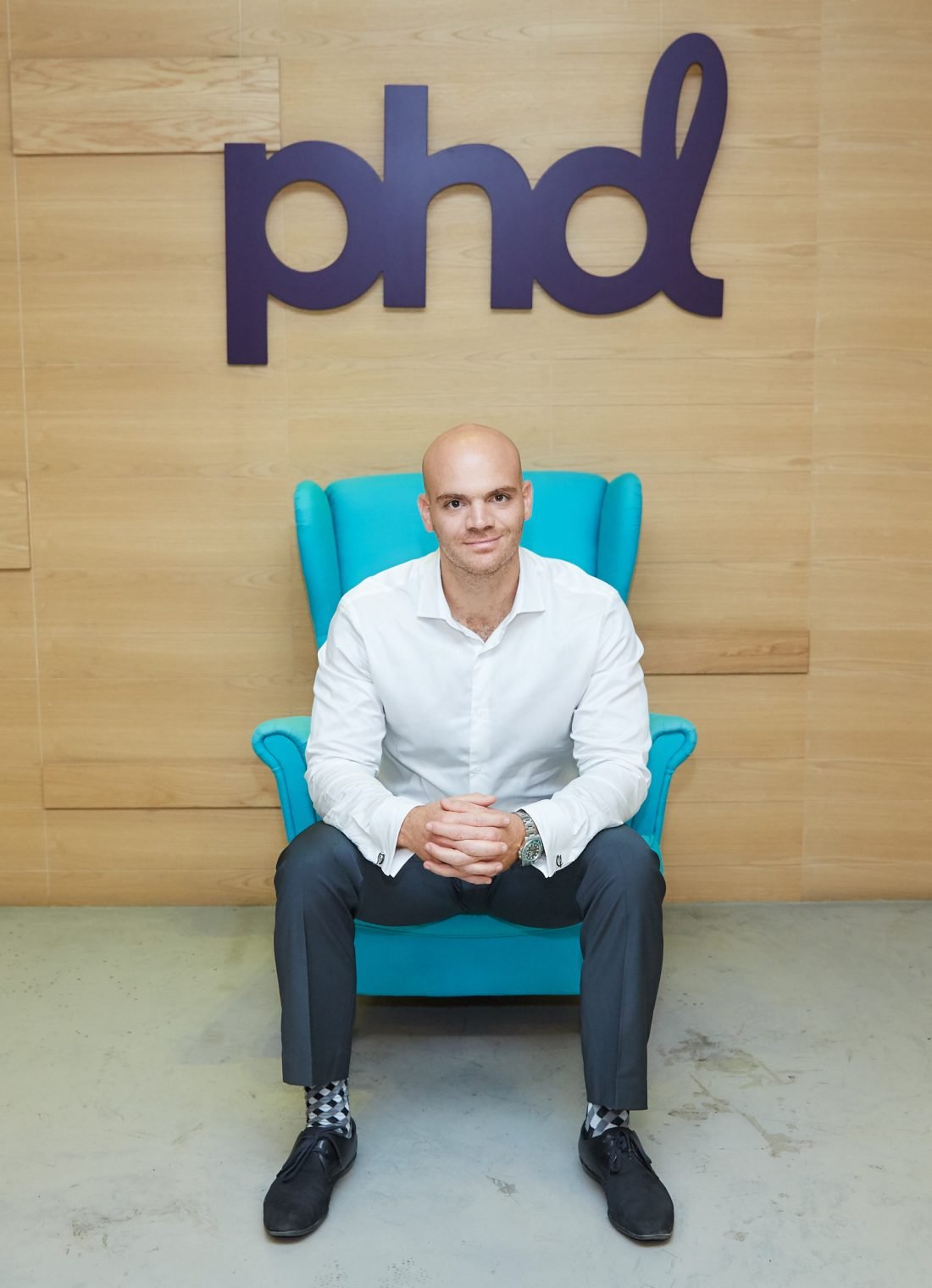
2018 was a different year for the Egyptian media. For the first time in 28 years, the Egyptian football team was in the World Cup. The media went wild and all brands scrambled to use this occasion to increase their sales and brand visibility. Most of them appeared to follow the traditional approach of a promotion to win a free ticket or a trip to attend the games. If you were hoping for dazzling innovative or creative executions on digital platforms, you would have been sorely disappointed.
We stepped into 2019 expecting a relatively quiet start to the year, with just a couple of changes in local media ownership and activities. Little did we know that football fever would take hold again when, on 9 January, it was announced that Egypt would host the African Cup of Nations in June. You could imagine the national flags being waved frantically once more.
Will brands apply the same solutions and return to their default setting of team-based promotions, offering tickets and branded merchandise as incentives? The temptation may be strong, but marketers will need to take several new dynamics into consideration first as these are going to shake up Egypt’s media landscape this year.
Firstly, consumers are going to be affected by the continued removal of energy and fuel subsidies, increasing inflation and lowering salaries. Subsequently, consumers will be more cost-sensitive than they have been in the last three years and will be scanning digital platforms for promotions and offers. This will encourage the growth of e-commerce for price comparison, cost and time savings. Marketers will need to analyze various data sources to gain a deeper understanding of their consumers’ needs and the best ways to package their offering to them.
Secondly, while social media likes and shares will still feature as goals in clients’ briefs, we will see a move towards data and analytics as a way to strengthen strategies and business results. Consumer profiling and custom target audiences will enhance effectiveness and impact creative and content development. One-size-fits-all creatives will be replaced by tailored approaches and personalized messages that speak to the individual. This means media agencies will move even more towards content development and management, requiring them to be more agile and resourced in this field with tools and talent.
After a period of uncertainty caused by the devaluation of the pound, which saw many international advertisers reconsidering their media investments in Egypt, we’ve detected an upturn in the last quarter. Business confidence appears on the up, with Egypt expected to have the fastest GDP growth in the Arab world this year. As brands are advertising more and investments in factories and production lines are growing again, it seems 2019 will act as a turning point. We expect digital media investments to rise, as other media still struggle to validate their performance.
Among the growing sectors, automotive and banking feature prominently. Thanks to the removal of customs and tariffs on European cars, prices are dropping, the competition is increasing and after a very slow and bad year, the industry is expected to have a strong upturn in 2019. As for the banking sector, the government is pushing for inclusion. With more than 60% of the Egyptian economic activity being carried outside of the banking sector, the government is pushing banks to open more branches and acquire more clients.
In conclusion, 2019 promises to be both exciting and challenging. The hosting of the African Cup of Nations can have a positive impact on the creative output in Egypt. Let’s hope that ambition and drive will push brands to try new approaches made possible by the changes in the economic, social and media environments.
19. Walid Kanaan: Chief Creative Officer, TBWA/RAAD
2018 was a challenging year for many brands. Rapid transformation in the marketing world pushed marketeers to explore and experiment in beta mode, resulting sometimes in huge successes but also in dramatic failures.
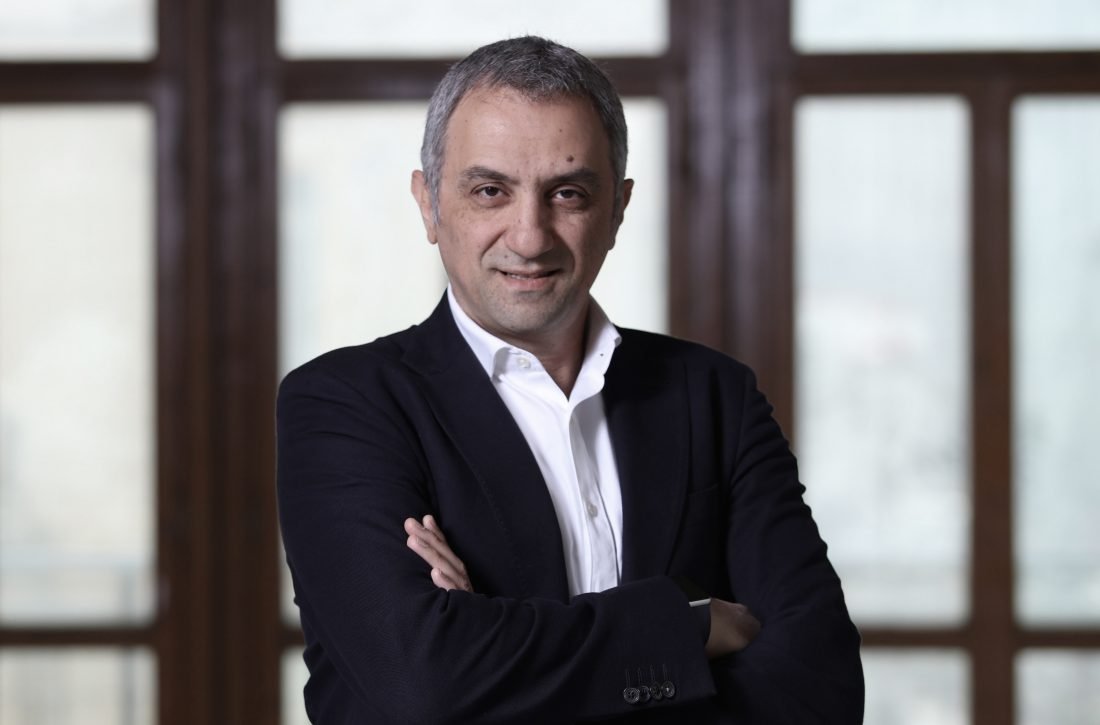
2019 is not going to be an exception in this regard; rather it will be a year of mores, marked by:
More Honesty: There will be no room for tricks and cheap gimmicks in the consumer’s mind. All the tools in the marketing books have been used by traditional media, and brands cannot afford to continue being perceived as polished, staged and cliché. Even the over-reliance on influencers is not paying off anymore. When it comes to credibility and positive association, brands will be forced to adopt a more transparent and honest approach, while maintaining a high level of engagement.
More Entertainment: While in 2018 brands were investing actively in immersive and engaging content, it is becoming clear that in order to leave consumers with memorable impressions, brands should communicate with a high level of entertainment. Well-crafted videos won’t be enough. It all boils down to the storyline and how engaging, insightful and relevant it is.
More Innovation: 2019 is going to shape the ground for Dubai’s 2020 Expo. Today, more than ever, technology and innovation will be at the core of brand narratives.
More Creativity: We are living in the age of agile creativity, and we should be celebrating it. Going live when relevant, having the speed of culture imbedded within the entire team, being digital first and adopting a multi-platform tone are key factors for any successful campaign. But without a groundbreaking creative idea, without a disruptive narrative, any communication will be just as good as spam.
20. Zouheir Zoueihed: Managing Director, Siegel+Gale Middle East
“Our World’s Simplest Brands research demonstrates how customers favor brands that deliver simple experiences. Survey respondents in KSA, the largest economy in the GCC, ranked Google and WhatsApp among the top three simplest brands in the region. What we were surprised by, however, is that Al Baik – a brick and mortar brand – trumped them. In this case, quality food plus a simple customer experience equals a number one brand.
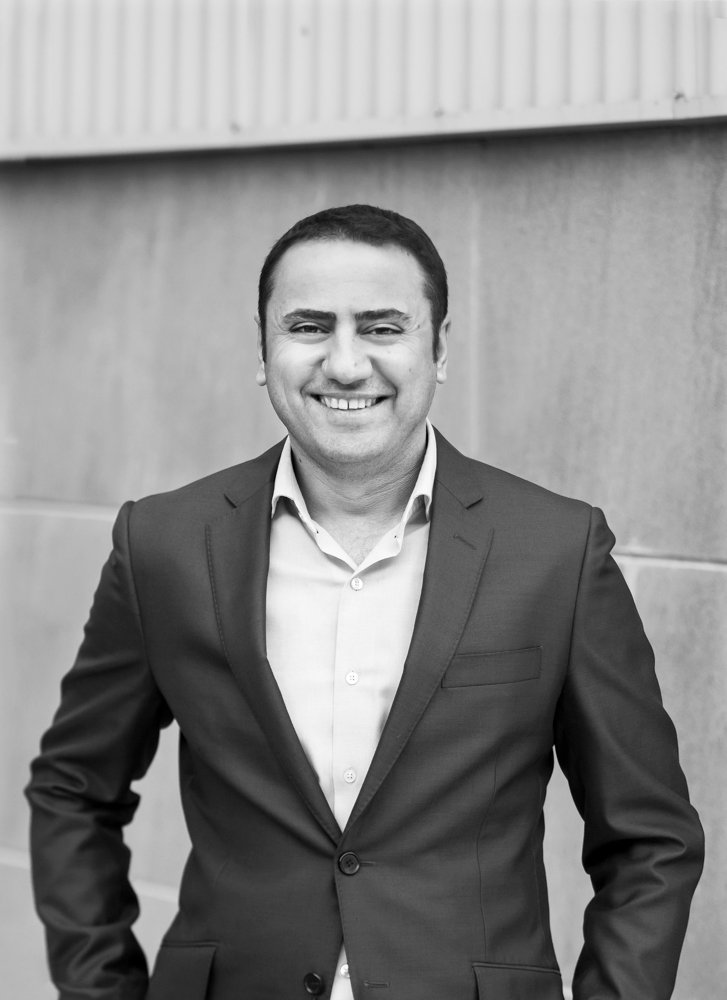
The power of simplicity resonates across other global markets. In the UAE, Google took the top spot as the simplest brand in the region, however it was followed by two bricks and mortar supermarket brands – Carrefour and Lulu respectively. While tech brands provide customers with simple experiences, physical retailers are still favored by many. In most cases, this can be attributed to their simple brand positioning and their ease of experience. As we move into 2019, we predict that simplicity in customer experience will be a defining factor of brand success.”


